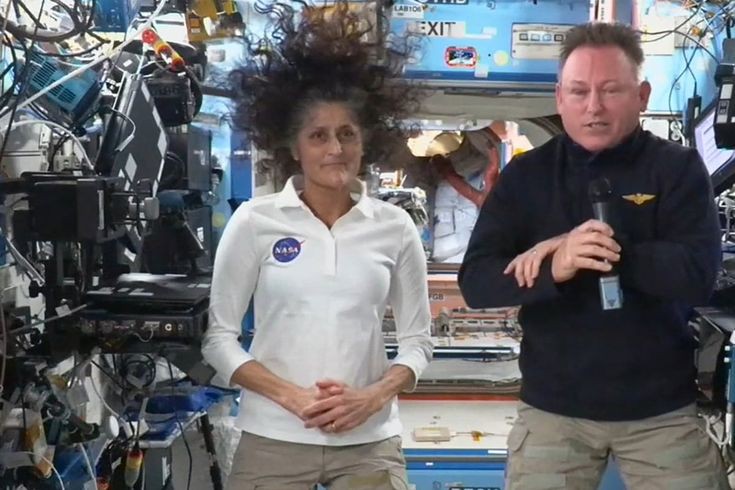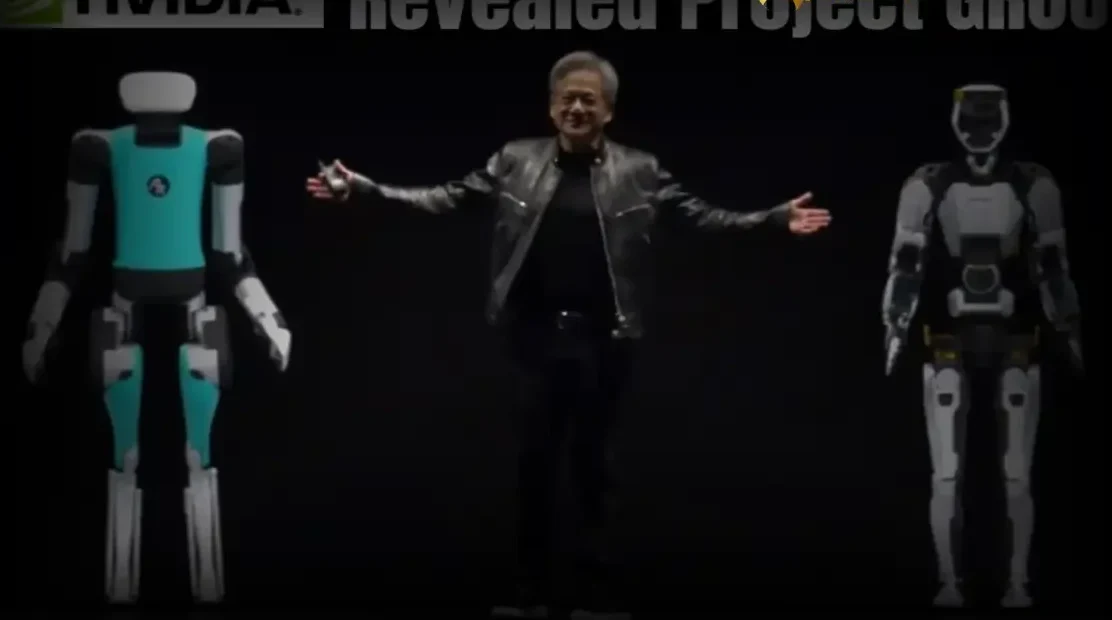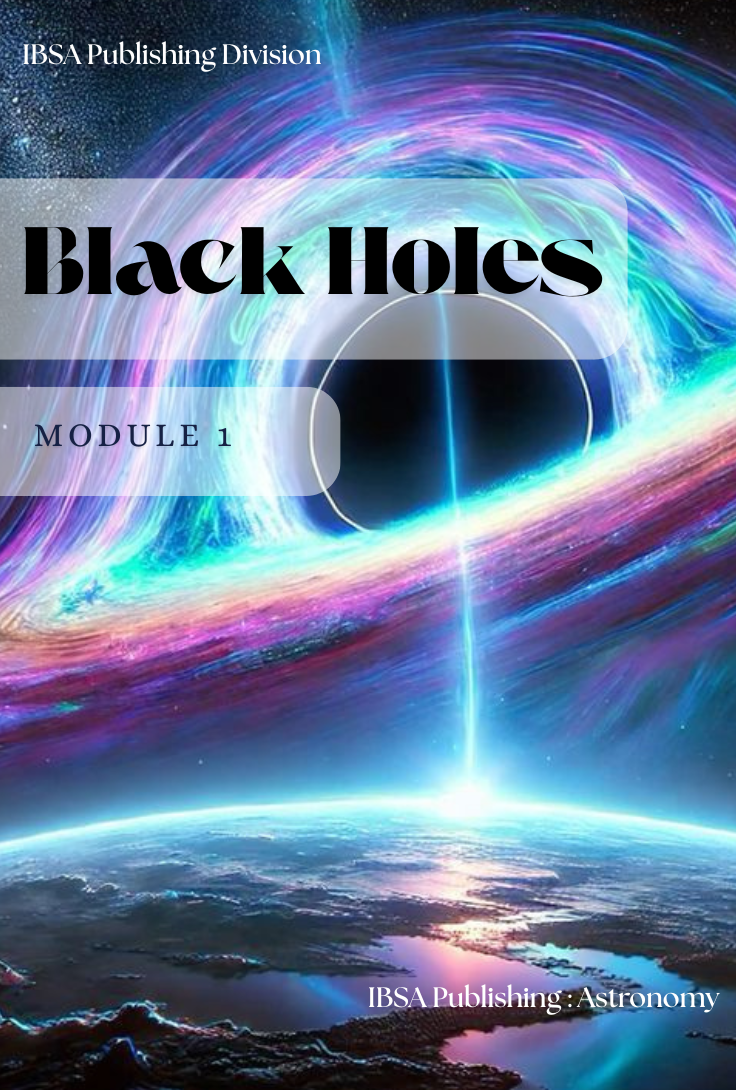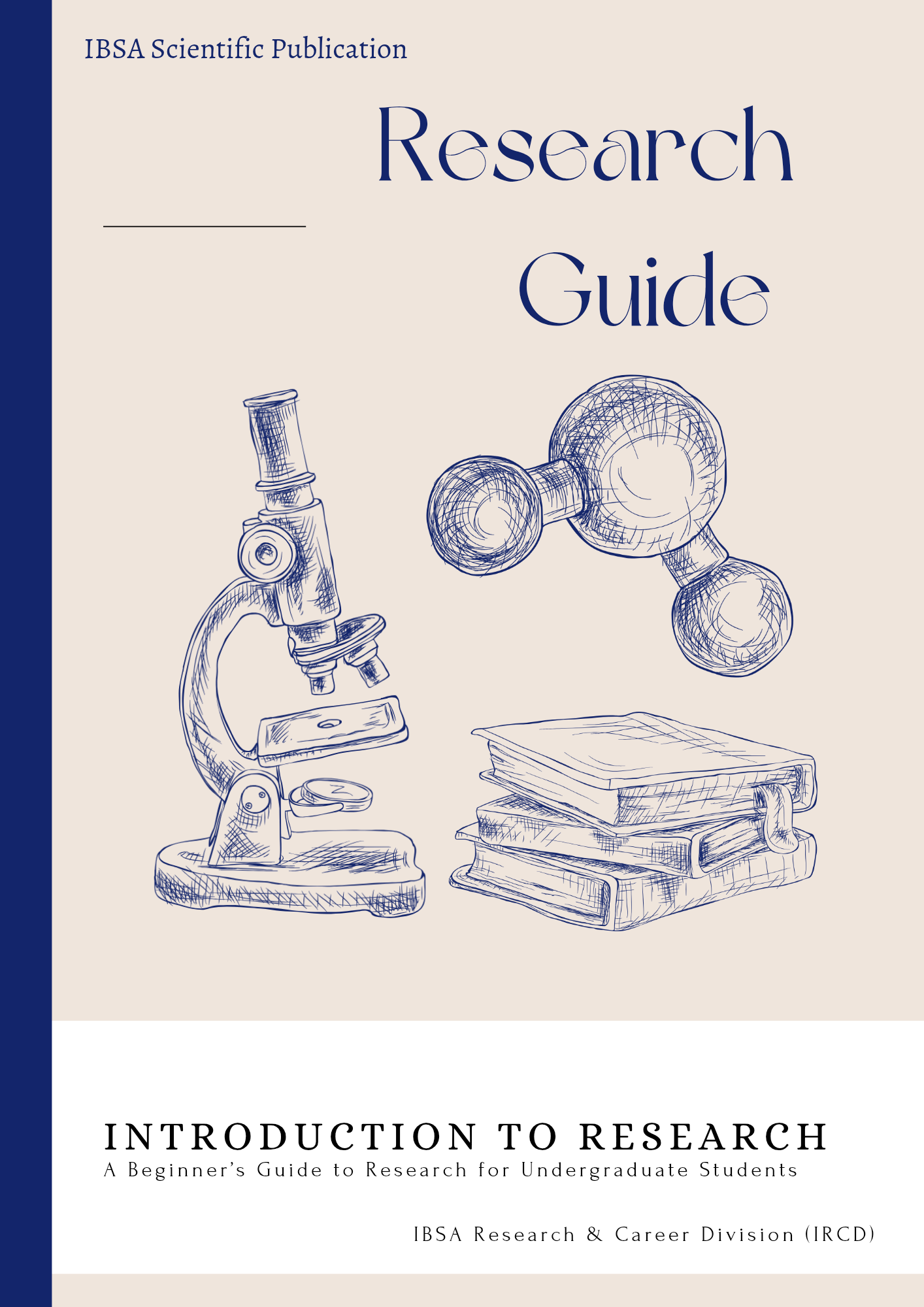Are Sunita Williams and Barry Wilmore still in space? No, they have finally returned to Earth after an unexpected nine-month mission—one that was originally meant to last just eight days.
Their mission aboard Boeing’s Starliner turned into an extended endurance test, pushing the limits of human spaceflight and revealing critical flaws in commercial spacecraft technology. But now, after months of uncertainty, they have successfully made it back home.
What really happened during their extended stay? What challenges did they face? And what does their return mean for the future of space travel? Let’s dive into the incredible story of two astronauts who went on a short mission and came back as legends.
Are Sunita Williams and Barry Wilmore Still in Space? How It All Started

When NASA astronauts Sunita Williams and Barry Wilmore launched aboard Boeing’s Starliner on June 5, 2024, they expected to return within a week. The mission was a critical test flight to prove that Starliner was ready for routine astronaut transport.
But shortly after docking with the International Space Station (ISS), things took a dramatic turn. Engineers discovered:
✅ Helium leaks affecting propulsion.
✅ Malfunctioning thrusters that struggled to fire properly.
✅ Safety concerns about Starliner’s reentry capability.
Instead of risking a dangerous return, NASA postponed their trip home indefinitely. What was supposed to be an eight-day stay turned into nine months in space—one of the longest unexpected astronaut missions in history.
Are Sunita Williams and Barry Wilmore Still in Space? The Long-Awaited Return to Earth

After months of uncertainty, the long-awaited moment finally arrived—Sunita Williams and Barry Wilmore have safely returned to Earth!
How Did They Return?
With Starliner deemed unsafe for the trip home, NASA opted for a backup plan—bringing them back aboard SpaceX’s Crew Dragon instead.
Their return process included:
- Undocking from the ISS—Crew Dragon separated smoothly.
- Reentry into Earth’s Atmosphere—The spacecraft endured extreme heat while descending.
- Splashdown in the Gulf of Mexico—NASA’s recovery teams were on standby to retrieve them.
After spending 270 days in space, Williams and Wilmore touched down safely, marking the end of an unforgettable mission.
What They Did During Their Extended Stay

Although their mission changed drastically, Sunita Williams and Barry Wilmore didn’t just wait around for a ride home—they adapted, worked, and contributed in groundbreaking ways.
During their extended stay, they:
🔬 Conducted over 150 scientific experiments, studying how microgravity affects human health.
🛰️ Helped maintain and upgrade ISS systems, ensuring smooth operations for future missions.
🛠️ Trained new astronauts, sharing their experience and preparing others for long-term space travel.
Their unexpected mission became a goldmine of scientific data, shaping how astronauts will prepare for even longer missions—like the ones planned for Mars.
Are Sunita Williams and Barry Wilmore Still in Space? The Challenges of Returning After 9 Months
Returning to Earth after months in microgravity is far from easy. Astronauts face significant physical and mental challenges, including:
🦴 Bone Density Loss – Weightlessness causes astronauts to lose 1-2% of their bone mass per month.
💪 Muscle Atrophy – Without gravity, muscles weaken significantly.
🩸 Circulatory Issues & Balance Problems – Blood flow shifts, making astronauts feel lightheaded upon return.
Now that they’re back, Williams and Wilmore are undergoing an intense rehabilitation program to regain strength and adjust to Earth’s gravity. It will take weeks of recovery before they feel completely normal again.
But despite the challenges, both astronauts remain in high spirits, already sharing insights about their historic mission.
What This Mission Means for the Future
Their unexpected nine-month stay is more than just an astronaut survival story—it’s a wake-up call for space exploration.
Are Sunita Williams and Barry Wilmore Still in Space? Key Takeaways from Their Mission:
1. Spacecraft Reliability is Crucial – The Starliner mission exposed major flaws in commercial spacecraft, highlighting the need for rigorous testing before deep-space missions.
2. Astronauts Must Be Ready for Anything – Space travel is unpredictable, and adaptability is a must.
3. Long-Term Spaceflight Data is Invaluable – Their time on the ISS provides key insights into how the human body reacts to prolonged space exposure, helping NASA prepare for Moon and Mars missions.
This mission is a turning point for commercial space travel, forcing NASA and private companies to rethink their strategies and safety measures.
Final Thoughts: The Mission That Changed Space Travel Forever
So, are Sunita Williams and Barry Wilmore still in space? No, they have finally returned, but their journey will be remembered as a mission that redefined astronaut endurance, resilience, and adaptability.
Their story is a testament to the unpredictable nature of space travel, proving that even the best-planned missions can take unexpected turns.
As NASA and private space companies learn from this experience, one thing is certain—space exploration will never be the same again.








